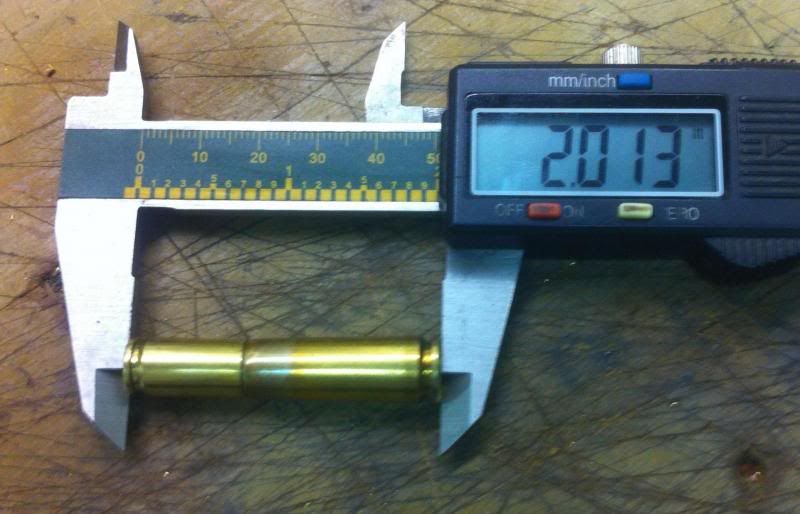
 Quote History
Quote HistoryQuoted:
Instructions for resizing must include measuring shoulder setback using a case gauge. There is no way to reliably determine if the shoulder is set back enough (or too much); the only effective way is by measuring.
View Quote
Measuring is good, but not the only way. This is one way to do it without a "Gauge".
1. Put the Shell Holder in the press and raise the ram.
2. Screw the Full Length(FL) Die into the press so it is about a "nickle's thickness" above the Shell Holder.
3. Lube a "Fired" case (walls and inside the neck) and size it.
4. Remove the Lube and try closing the bolt on it in the chamber.
5. If the bolt closes with no resistance, screw the FL Die into the press about 1/8-1/4 turn and repeat steps 3 & 4.
6. As you feel the resistance begin, slow down how much you screw the FL Die into the press so you are at about 1/16 of a turn, or "Fine Tuning". At some point you will not be able to close the bolt and you are extremely close to having the FL Die in the proper position.
NOTE: The reason for this is because the FL Die has begun Resizing the Case-walls down to the Pressure Ring. As it does so, the Case-body lengthens slightly which in turn moves the Case-shoulder slightly forward. Then as the "Fine Tuning" continues the Case-shoulder makes contact with the FL Die and is moved slightly reward(or slightly shortens the Case-head to Case-shoulder dimension).
7. Stop when there is a slight bit of resistance when closing the bolt on the empty case. You now have a "slight crush fit" for the case in that specific chamber, or Zero Headspace.
8. at this point screwing the die into the press just enough to remove the "Slight Crush Fit" will give you your minimally sized case.
You can also do it without a gauge, by using a caliper and an old handgun case. Like this.

Not as convenient as the Stoney Point/Hornady system, but it's gets the job done.
 Win a FREE Membership!
Win a FREE Membership!